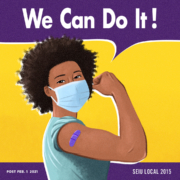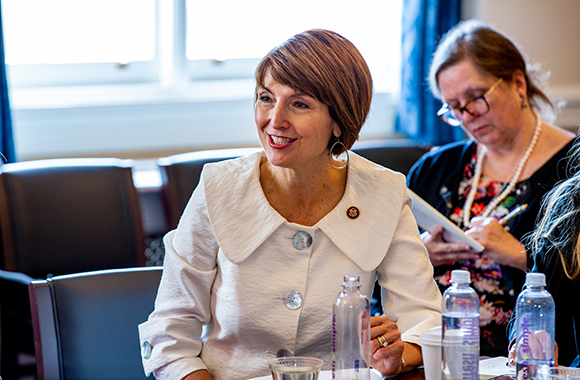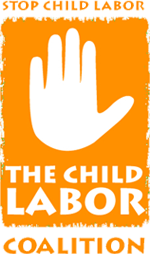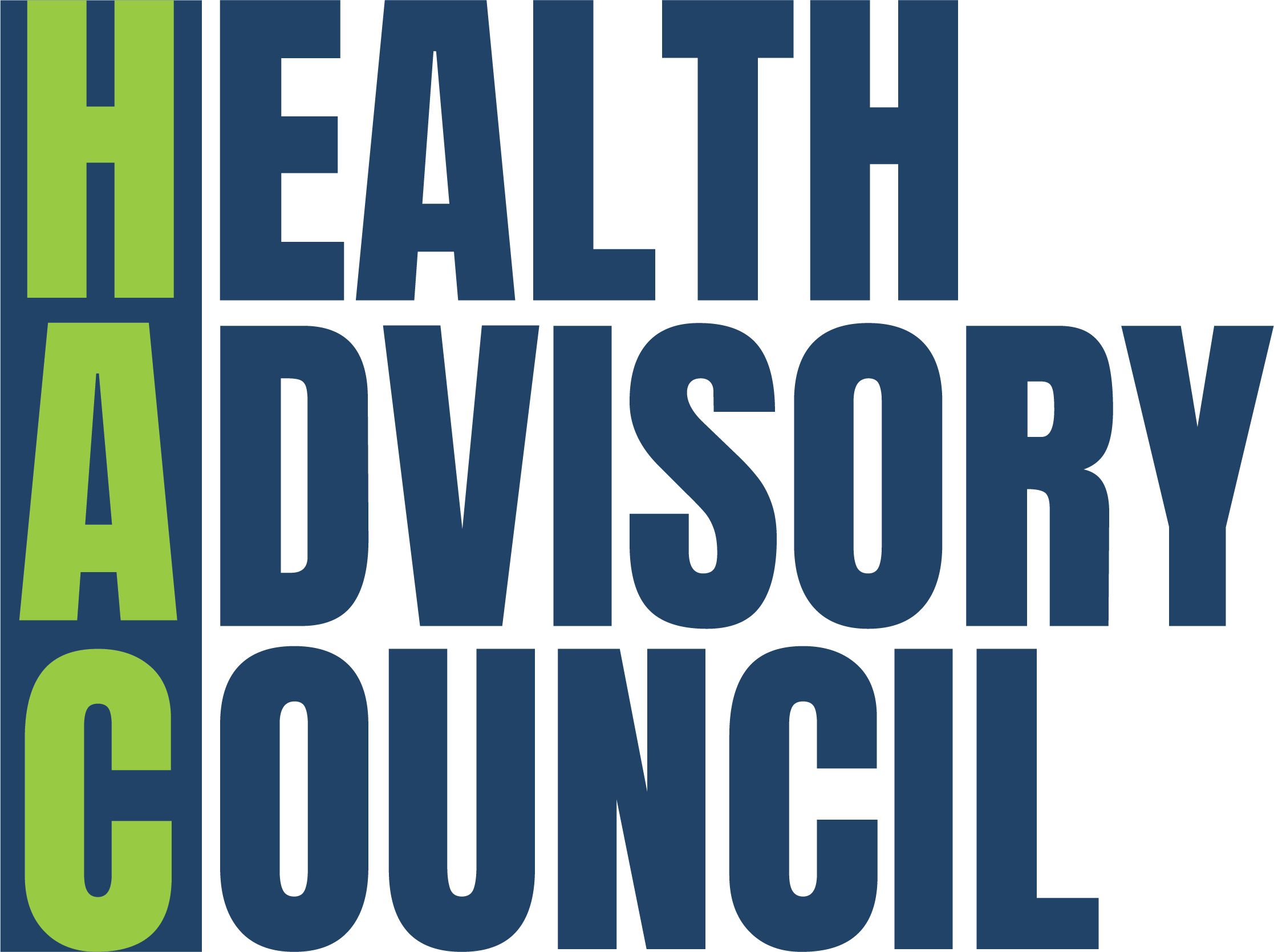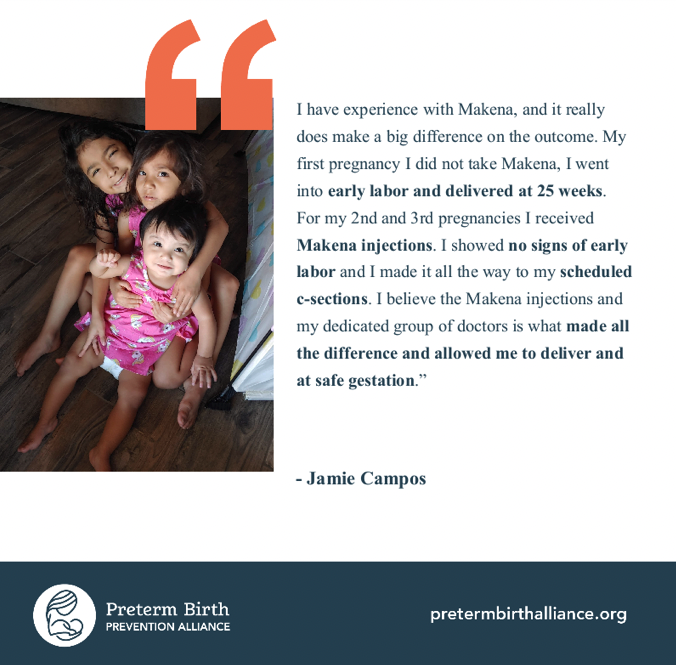 By NCL Health Policy Intern Grace Mills
By NCL Health Policy Intern Grace Mills
Grace Mills is a DC native, completing her undergraduate education at American University in Washington, DC. Her major is Public Health, with a minor in Spanish language. She will graduate in May 2022.
Women in the United States have been fighting for reproductive rights for decades. Activists like Margaret Sanger and Mary Ware Dennett argued during the early part of the 20th Century that women must be in control of their reproductive choices; the book “The Birth of the Pill” documents their crusade. Officials tried to prevent these two and many others from speaking and publishing about human sexuality, reproduction, and contraception. In the succeeding decades, activists pioneered the right to contraception, the right to abortion, and the right to bear a child.
Several landmark cases are worthy of mention. In Griswold v. Connecticut (1965), the Supreme Court ruled that a state’s ban on the use of contraceptives violated the right to marital privacy. In 1971, in the case of United States v. Vuitch, the Court rejected the claim that a statute permitting abortion only to preserve a woman’s life or health was unconstitutionally vague. It concluded that “health” should be understood to include considerations of psychological as well as physical well-being. The following year, in Eisenstadt v. Baird, the Supreme Court struck down a Massachusetts law limiting the distribution of contraceptives to married couples whose physicians had prescribed them. This decision established the right of unmarried individuals to obtain contraceptives.
In 1973, Roe v. Wade was a challenge to a Texas law prohibiting all but lifesaving abortions. The Supreme Court invalidated the law on the ground that the constitutional right to privacy encompasses a woman’s decision whether or not to terminate her pregnancy. Characterizing this right as “fundamental” to a woman’s “life and future,” the Court held that the state could not interfere with the abortion decision unless it had a compelling reason for regulation. NCL strongly supports the landmark protections in this case, including a woman’s right to control her own reproductive destiny.
Sadly, Roe v. Wade has been under attack from the right since 1973. After the Trump Administration’s Supreme Court appointments, there is a 6-member majority that appears to favor overturning Roe vs. Wade. States will have the right to pass far more restrictive laws than what Roe allowed for constitutionally. There will always be states that protect women’s right to choose and access to abortion, however, the issues lies in women living in states with restrictive laws or lack of money and/or resources to get to an abortion clinic.
This flies in the face of what the public wants. Indeed, a recent Gallup poll show Americans’ support for abortion in all or most cases at 80 percent in May, only slightly higher than in 1975 (76 percent), and the Pew Research Center finds 59 percent of adults believe abortion should be legal, compared to 60 percent in 1995. The share of Americans in Gallup’s poll who say abortion is morally acceptable reached a record high of 47 percent in May, up from a low of 36 percent in 2009, and a Quinnipiac poll found support for abortion being legal in all or most cases reached a near-record high in September with 63 percent support.
Many red states have recently passed some of the most restrictive and punitive abortion laws. In March of 2018, former governor of Mississippi Phil Bryant, signed into law the strictest abortion ban in the country up until that point. The law bans abortion at 15 weeks (about 3 and a half months), even in cases of rape or incest. But a federal district court judge shut the law down, and the U.S. Court of Appeals for the Fifth Circuit backed the court’s decision. This law is what was challenged in the Supreme Court last week.
Perhaps the most extreme is S.B. 8, the Texas law that went into effect on September 1, 2021 that prohibits abortion after “cardiac activity is detectable,” which is usually around the 6-week mark (about 1 and a half months). The law has a vigilante justice component, letting Texans sue anyone they believe is violating the law and/or is involved in an abortion in some way. This includes anyone who provides transportation to the abortion (even an Uber driver could be culpable) or a physician that performs the abortion after 6 weeks. This is the most draconian legislation so far, in part because many women do not even know they are pregnant at just 6 weeks.
S.B. 8 specifically does not allow state officials to enforce the law, authorizing only private citizens to do so, by suing an abortion provider for damages of ten thousand dollars for each procedure performed — what several Justices referred to, during oral arguments on November 1st, as a “bounty.” The Supreme Court will likely have the chance to review a challenge to the constitutionality of this law, but that’s a few years away and until then, the law remains in force.
NCL strongly supports women’s access to reproductive, abortion and maternal care. We understand that lack of access is directly related to a wide range of health disparities in the United States. It is no surprise that people of color in the United States have less access to the care they need and have more health complications. This is true for reproductive care and family planning. Black and Hispanic women have much higher abortion rates than white women largely directly related to a higher rate of unintended pregnancy.
These facts raise the question about what more can be done to provide women of color better maternal care and family planning resources. We need to reverse the pattern of inequality. NCL supports funding for sex education, full access to maternal care, and family planning to provide women with services, information and resources necessary to make informed decisions about their reproductive health and prevent any unnecessary health risks.
The tenuous hold we have on the right to abortion in every state, with the Mississippi law likely to get the thumbs up from the anti-choice Supreme Court, puts all women at risk. The Texas law is that much more draconian. We lament these attacks on women’s access to health care — especially poor women — that these restrictive abortion laws represent. Lastly, making abortions a crime won’t stop them from happening, it will only drive abortion back into the back alley and make it once again, a dangerous procedure that puts women’s health and safety at risk.




 By NCL Health Policy Intern Grace Mills
By NCL Health Policy Intern Grace Mills
 By NCL Director of Health Policy Jeanette Contreras
By NCL Director of Health Policy Jeanette Contreras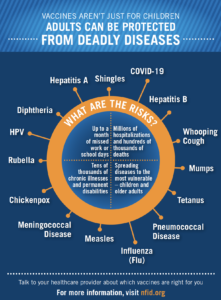
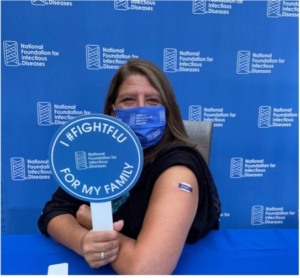
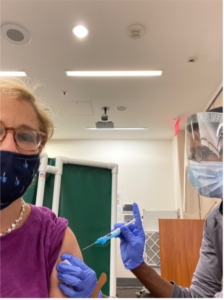



 By Spencer Cramer, NCL Health Policy Intern
By Spencer Cramer, NCL Health Policy Intern
 By Guest Blogger April Verrett, President of SEIU 2015
By Guest Blogger April Verrett, President of SEIU 2015